To me, a painting is not just a painting; when I gaze upon its expressive brush strokes, harmonious hues and intricate scenery, it evokes an emotional response.
The art tells me messages resonating with my experiences, and I admire the relentless dedication put into its creation.
However, I have seen these sentiments lessen among my peers. The allure of the visual arts as a viable career path and possible fine arts programs to pursue in high schools have decreased.
Artists who identify as creators are faced with a question defining their lives: Passion or profit?
Finding a financially stable job in visual arts is often a daunting challenge for artists. To thrive in the art industry is a challenging and selective process to go through, 85% of artists struggling to make a decent amount, or any money.
Because of this, there is often a stigma surrounding the visual arts as a career choice.
“Even my friends or artists judge me for wanting to pursue art,” Coppell High School junior Larry Liu said. “They always ask me why I can’t do it as a side hobby, or why I can’t just go where the money is.”
This discouragement can deter talented artists from pursuing their passions, curating conformity and stifling creativity and diversity within the artistic community.
With art being a still form of expression, people lack knowledge on how to engage with and support the art in their communities.
“The hard part about visual arts versus sports or performing arts is that visual arts are very passive, so there’s not an entertainment factor or a social factor,” AP Art History teacher Michelle Hasuke said. “People don’t know how to interact with visual arts because it’s so still and people who don’t make art or don’t study art, know how to engage in it.”
Additionally, with rapid developments in artificial intelligence, AI becomes a threat to artists’ livelihoods and careers. AI requires data and content to be imputed for it to generate new artworks. This content is often taken from readily available art, bringing issues of similar work being produced.
The ability to create artworks with little effort, almost instantly, devalues the thought behind brush strokes, heart behind storytelling and hours put into creative processes.
“The value that people have for the artistic process, genuine craftsmanship and the time and effort that goes into making art is decreasing, because consumers would rather have a product that’s easy to get than a product that was ethically made,” digital artist Navya Singh said.
Undermining the human skills put into art can lead to the misconception that art is merely a mechanical process devoid of deeper meaning and diminishes the perceived value of the visual arts.
These notions further push stigmas around choosing art as a valid career choice and leave artists viewing artificial intelligence as a threat to their careers.
“I’m afraid that people are going to devalue artists and that art is going to be seen as more of a commodity to buy instead of a thing to appreciate just because art is intrinsically valuable,” Liu said.
The value of art transcends monetary measures, instilling social change and serving as a reflection of history.
On a personal level, art is a means of self-expression and introspection. It allows individuals to communicate complex emotions and experiences that transcend language, becoming universally understood. Without a deep appreciation for art, our community would be devoid of the emotional connections binding us together.
The solution doesn’t lie in trying to fix these prevalent issues overnight, but rather, to make a collective effort to appreciate the role of art in our community.
For aspiring artists considering the prospects of passion versus profit, there are diverse career options available. Jobs such as graphic design, biomedical illustration, architecture or animation are options to pursue art aside traditional ways.
Schools implementing methods of engaging students and adequately funding art programs are positive steps. Initiatives like the National Art Honor Society making banners for school events, or showcasing student’s artworks in CHS hallways exemplify the potential for schools to promote artistic talent.
Most importantly, fostering a culture of appreciation requires a willingness to recognize an artist’s efforts. Stop to immerse yourself into the brush strokes, hues and stories of the next piece of art you come across, and ask yourself, what value did it bring to your life? What does it make you feel? These questions invite us to discover the inherent significance of visual arts.



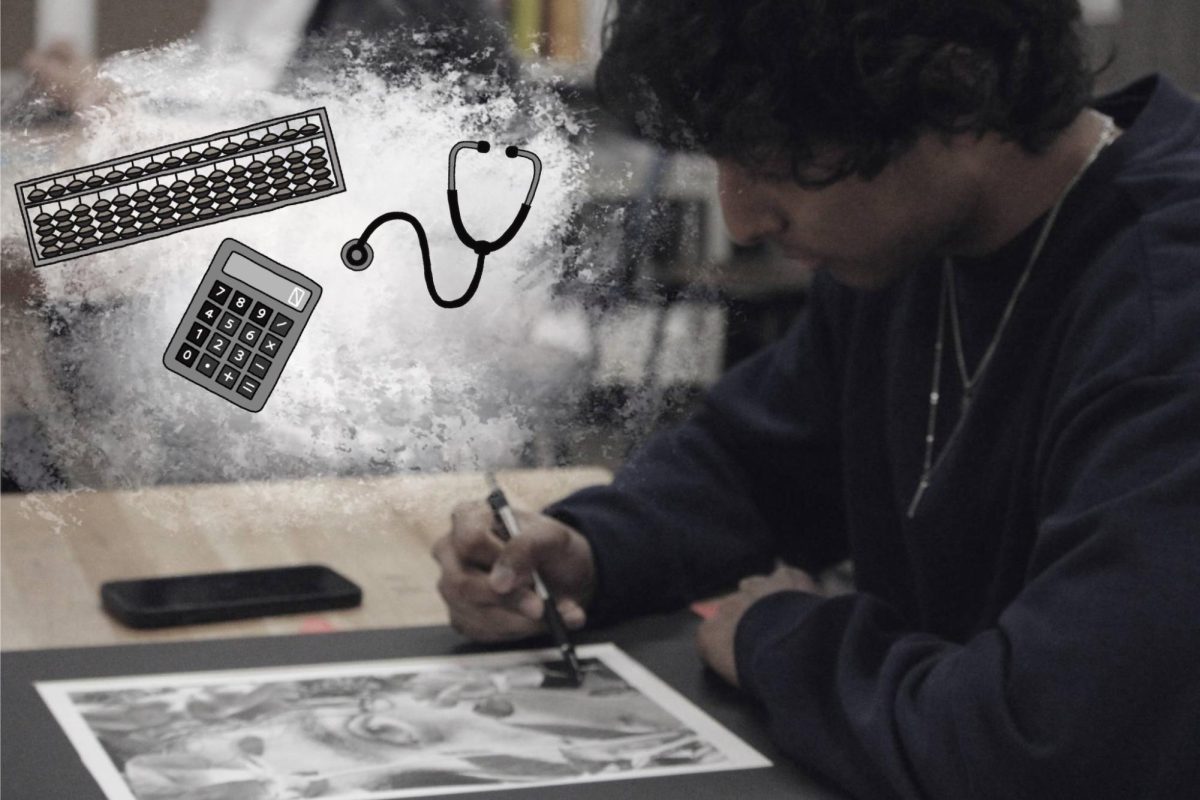
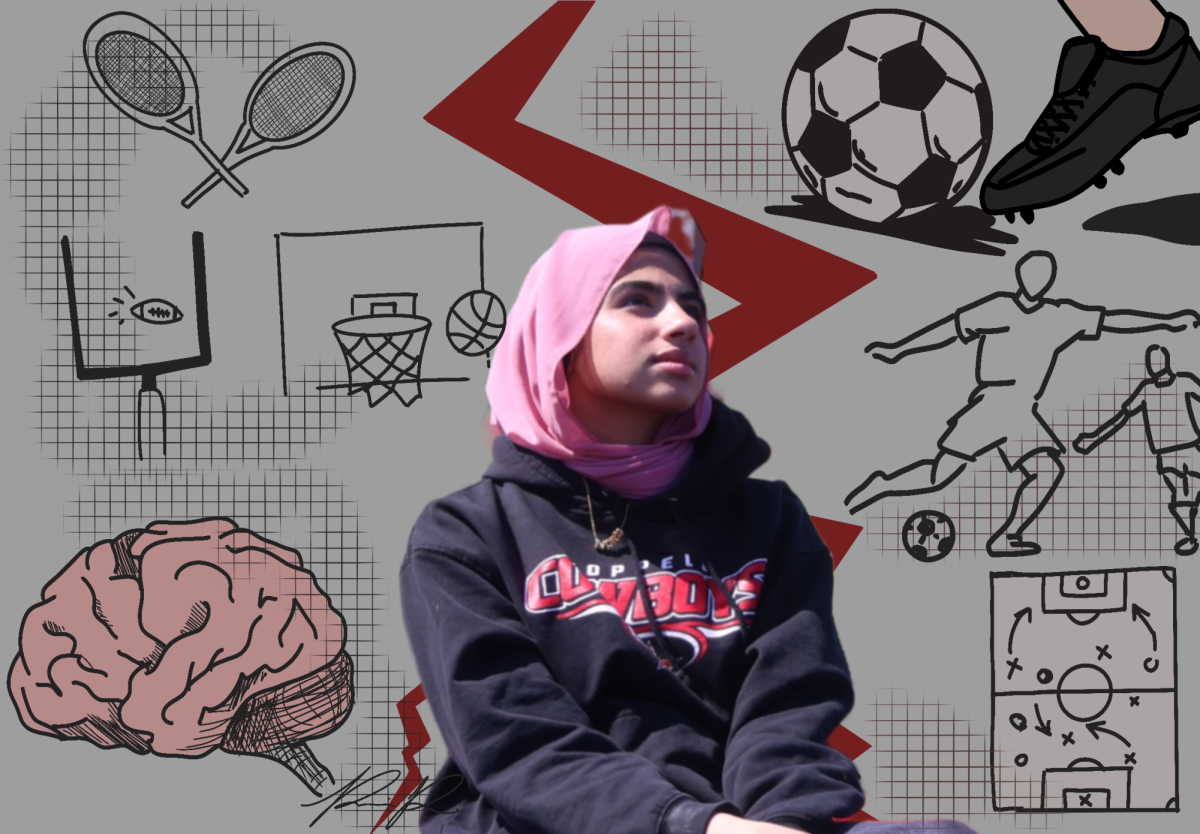
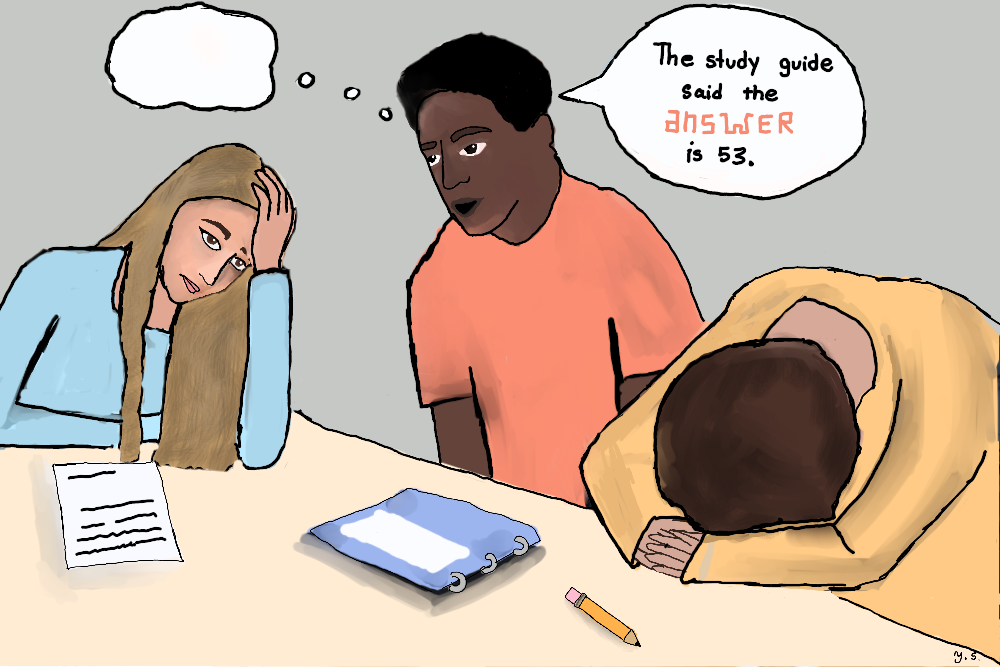
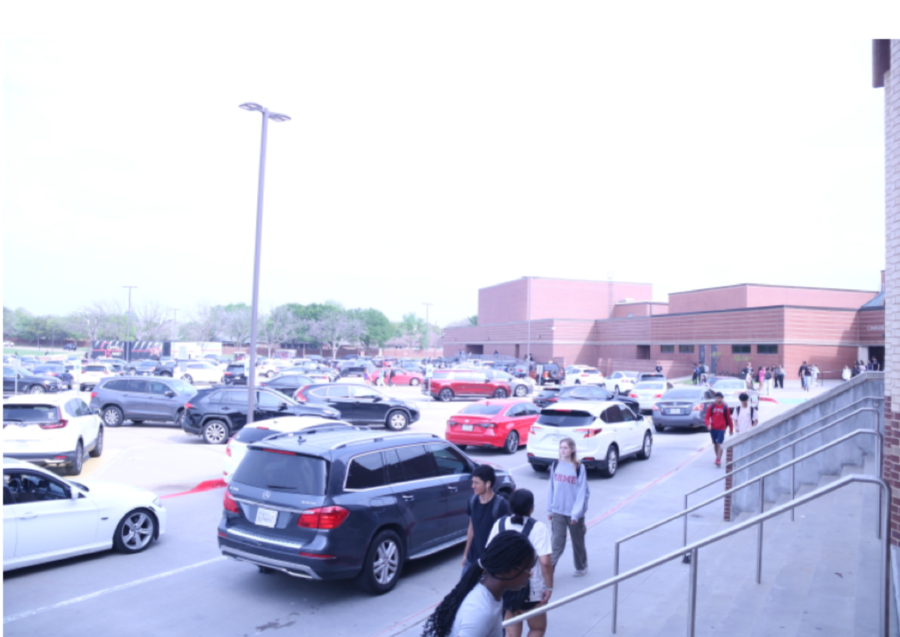
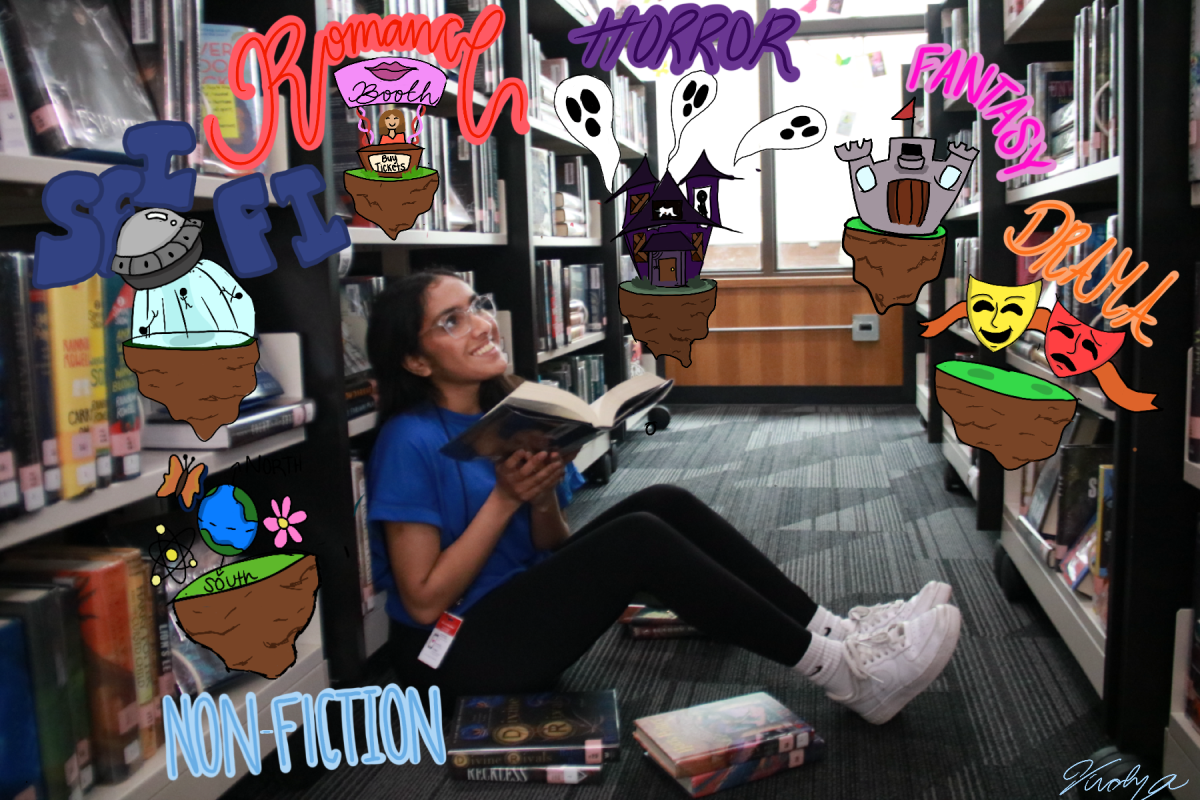
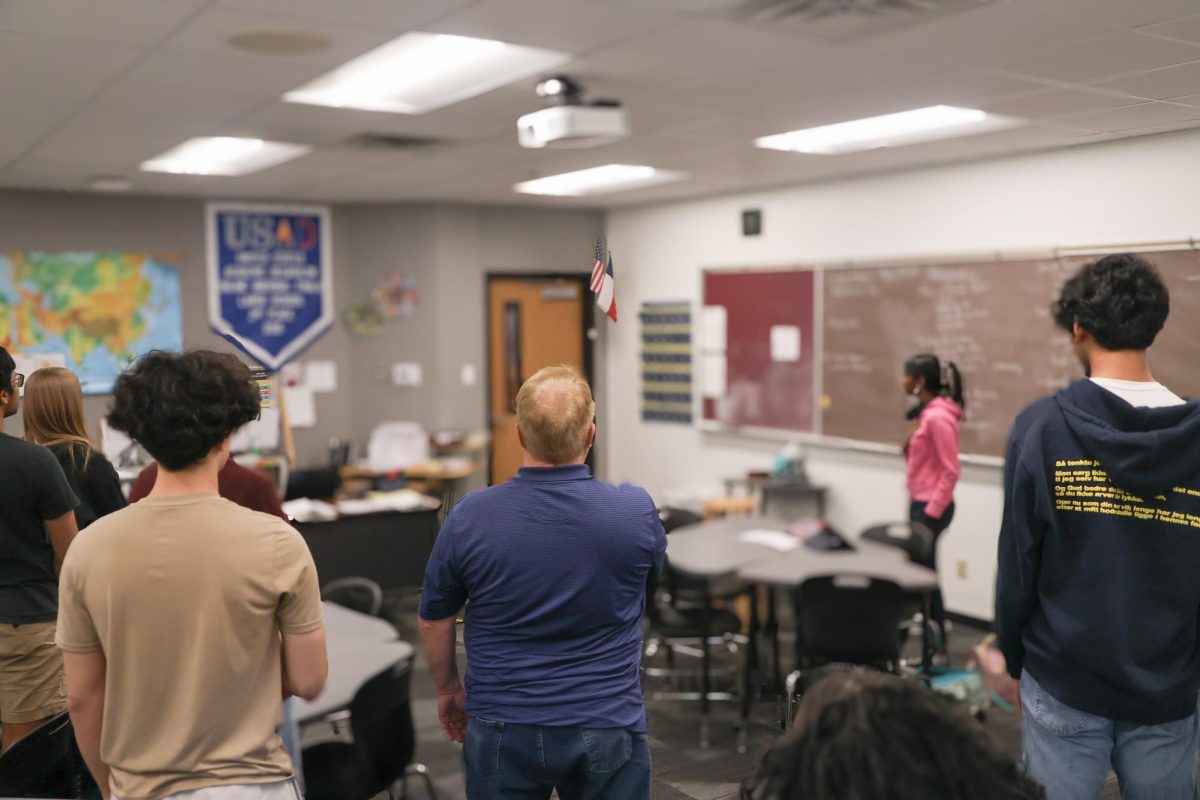
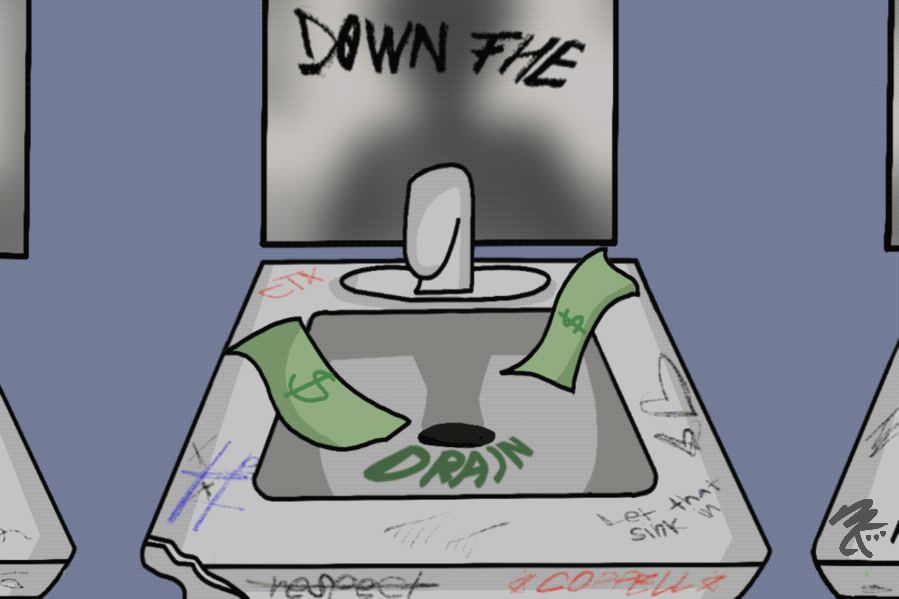


Anvita Bondada • Apr 3, 2024 at 12:13 pm
this was so beautifully written!